Understanding the Role of an Information Blog
An information blog serves as a hub for sharing knowledge, insights, and digital content tailored to a specific audience. Whether you’re covering tech trends, health tips, or lifestyle advice, your blog becomes a go-to source for online resources. By focusing on high-quality digital content, you establish credibility and attract readers seeking reliable information.
Key Elements of a High-Quality Information Blog
- Consistently deliver valuable digital content that addresses reader needs.
- Implement SEO strategies to improve visibility and drive organic traffic.
- Ensure a clean, intuitive layout that enhances user experience.
Tips for Choosing the Right Niche
Selecting a niche requires research into audience interests and existing online resources. Look for gaps in the market where your expertise can shine. Use blogging tips to identify niches with growth potential and minimal competition.
Essential Features of an Effective Blog Structure
- A clear navigation menu that guides visitors effortlessly.
- Mobile responsiveness to accommodate diverse user devices.
- Fast loading speeds optimized through efficient coding practices.
Optimizing Content for Search Engines
SEO strategies are critical for making your information blog discoverable. Use relevant keywords, optimize meta descriptions, and create backlinks through collaborations. Tools like Google Analytics help track performance, ensuring your content aligns with search engine algorithms.
The Importance of Consistent Posting
Regularly updating your information blog keeps your audience engaged and signals to search engines that your site is active. Aim for a schedule that balances quality and frequency. For those exploring additional income streams, lucky tiger no deposit bonus codes can offer unique opportunities beyond traditional blogging.
Leveraging Multimedia Content
- Incorporate videos to explain complex topics visually.
- Use podcasts for auditory learners and on-the-go consumption.
- Enhance articles with infographics to simplify data-heavy subjects.
Engaging Your Audience Through Interaction
Encourage comments, polls, and Q&A sessions to build a community. Social media integration allows you to share content and gather feedback. Always reference online resources when responding to queries to maintain accuracy.
Monetization Strategies for Information Blogs
- Display ads through platforms like Google AdSense.
- Promote affiliate products aligned with your blog’s niche.
- Offer premium content or memberships for exclusive access.
Measuring Success with Analytics Tools
Track metrics such as page views, bounce rates, and conversion rates using tools like Google Analytics. Analyze which SEO strategies work best and refine your approach to maximize results.
Common Mistakes to Avoid
- Ignoring keyword research, leading to poor SEO performance.
- Overlooking mobile optimization, risking lost traffic.
- Failing to update content regularly, reducing relevance.
Staying Updated with Industry Trends
Follow industry leaders, attend webinars, and subscribe to newsletters. Incorporate new trends into your digital content to keep your information blog fresh and competitive.
Building Authority Through Guest Posting
Contribute to reputable blogs to expand your reach and gain backlinks. Guest posts reinforce your expertise and introduce your information blog to new audiences.
Designing a User-Friendly Blog Interface
- Use readable fonts and sufficient spacing for readability.
- Include a search bar for easy navigation.
- Ensure accessibility features like alt text for images.
Conclusion: Key Takeaways for Bloggers
Creating a successful information blog requires dedication to SEO strategies, consistent posting, and leveraging digital content effectively. By focusing on these elements, you can turn your passion into a thriving online presence.
